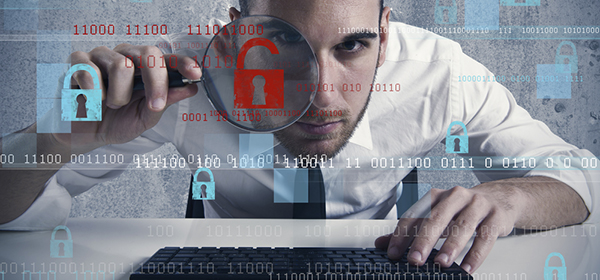It was revealed last week that Department of Human Services’ (DHS) investigators are monitoring the online activities of all welfare recipients. The information collected is being used to catch those cheating the system, but if you still aren’t comfortable with a DHS employee snooping through your social media account, you’ll need to update your social media settings.
Without a doubt, the easiest social media website for Centrelink to monitor is Facebook. This is due to Facebook’s strict terms and conditions that mean almost every user’s account can be found by typing their full name into the search function. Facebook’s default privacy settings also work in Centrelink’s favour, with the majority of the preferences automatically set to the most publicly useable setting. The changes listed below will help you regain some level of privacy on your account, so that Centrelink (and other snooping organisations) won’t be able to gain access to your personal information.
Privacy settings
On your computer, login to your Facebook account.
From your start page, click the down arrow located in the top right hand side of the screen.
From the drop down menu, click ‘Settings’.
From the menu on the left hand side of the page, click ‘Privacy’. Alternatively, this link will take you directly there
Under ‘Who can see my stuff?’ click, ‘Edit’.
Click on the button that currently says either ‘Public’, ‘Friends’ or ‘Only Me’, and select ‘Friends’.
Click ‘close’ at the top right hand side.
You’ll also want to edit all three of these settings under ‘Who can look me up’. Start by clicking ‘Edit’ next to the first setting. Change this setting from ‘Everyone’ to ‘Friends of Friends’ and click close.
Now click ‘Edit’ next to the second setting. Change this setting from ‘Everyone’ to ‘Friends of Friends’ and click close.
If the third setting is already showing ‘No’ then you don’t need to change anything. If it is showing ‘Yes’, click ‘Edit’ and untick the ‘Allow search engines outside of Facebook to link to your Profile’ box and click close.
Now your posts and profile are now no longer available to anyone outside of your friends list.
It’s rather easy to hide your identity on Twitter as, unlike other social networks such as Facebook, you aren’t required to include your full name or even your real name. It goes without saying that if you wish to remain anonymous and untraceable, you will need to change your Twitter display name and handle so that your surname is not included.
Security and privacy
Login to your Twitter account and visit the Account section.
From the menu on the left, click on ‘Security and privacy’.
Under ‘photo tagging’ click on ‘Do not allow anyone to tag me in photos’.
Uncheck ‘Add a location to my tweets’.
Under ‘Discoverability’ uncheck ‘Let others find me by my email address’ and uncheck ‘Let others find me by my phone number’.
Click ‘Save Changes’
In the account area, you also have the option of making your Twitter account private. It is worth noting that if you do this, only people who are following you can view your tweets. Also, if you send a tweet to a specific person who doesn’t follow you, they won’t see the tweet. You can activate this by clicking the check box under ‘Tweet Privacy’.
Related articles:
Facebook selling your data to banks
Facebook’s most invasive feature
Facebook to track your web browsing

